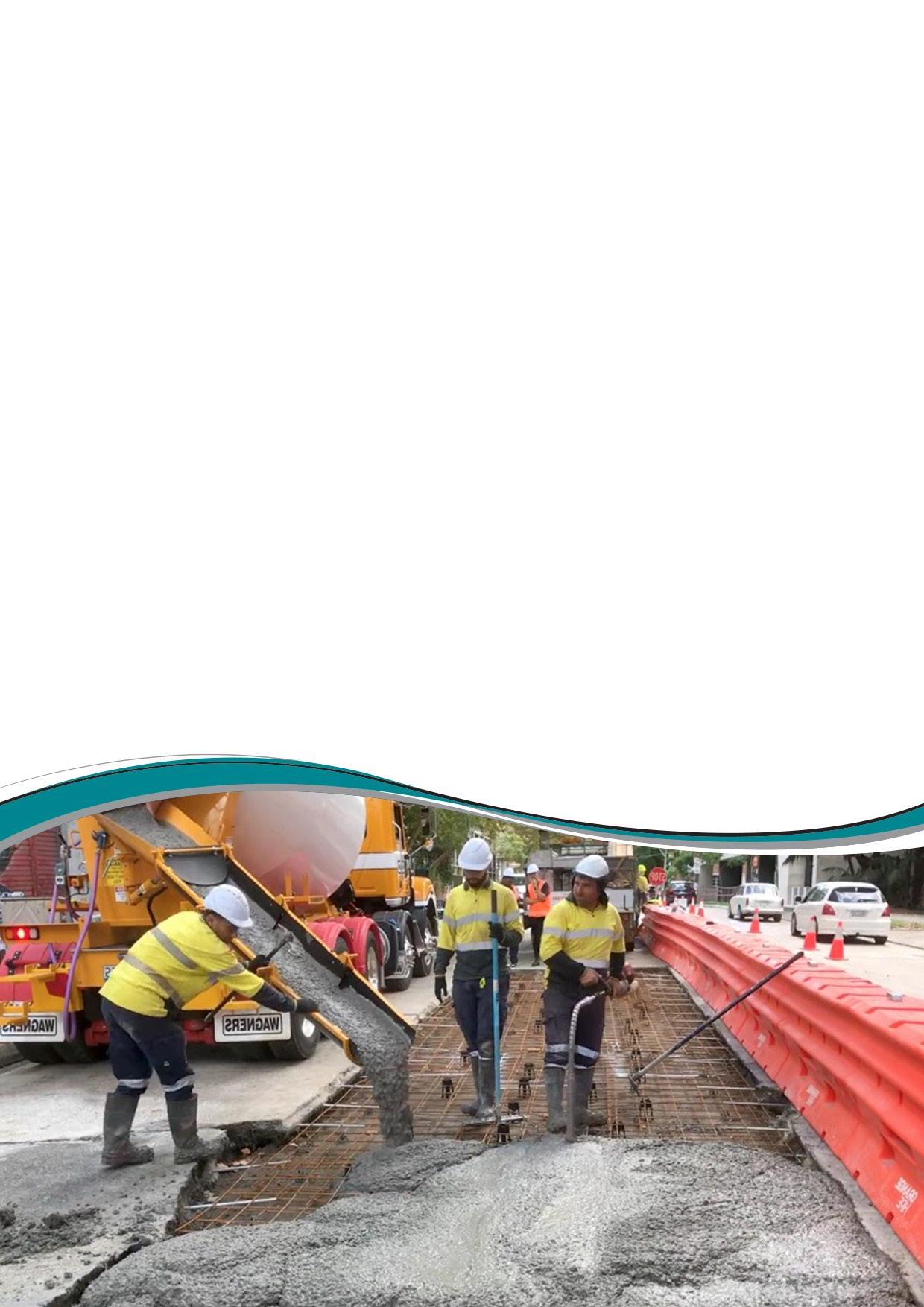
2 minute read
Indigenous Community Store from High Volume Fly Ash
$50 MILLION MAGNESIUM PROJECT APPROVED IN VICTORIA
The world’s first project to create magnesium out of brown coal fly ash has received the tick of approval in Hazelwood, Victoria.
Coal ash research and emerging new technologies are at the forefront of the journal, a joint venture between the University of Kentucky Center for Applied Energy Research (UK CAER) and the American Coal Ash Association (ACAA).
Established in 2009 with Allen Press publishing, the CCGP journal is growly rapidly and setting new goals as it emerges into the new decade. By partnering with the publishing platform Scholastica, the journal will access the latest publishing technology to produce a more efficient paper production, rapid turnaround, increased amount of published papers and generate an Impact Factor.
Latrobe City Council granted Latrobe Magnesium with the $50 million investment to the region.
Through harvesting the existing ash repository located in the Latrobe Valley, Latrobe Magnesium are creating valuable commodities, of magnesium from stored brown coal fly ash – a by-product from coal combustion. The process involves extracting minerals first and blending a range of products including fly ash into a feedstock for its process.
Heated to 1,200 degrees Celsius, the magnesium is vacuumed into a magnesium crown. The residual by-product once the magnesium has been extracted is what LMG describes as a Supplementary Cementitious Material (SCM) which could be used in construction applications. The approved plan to operate a 3,000 tonne-per-annum magnesium processing plant meets noise, traffic, air and emissions standards.
Latrobe Magnesium Chief Executive Officer David Paterson said reducing the environmental impact of the magnesium process separates the company from other industry practices.
“Latrobe Magnesium’s emissions profile is some 50% less than the industry average in its production of Magnesium and SCM,” he said.
According to Latrobe Valley Express, the trial plant will operate for 18 months and provide 53 permanent jobs before upscaling its operation to process 40,000 tonnes of magnesium.
Paterson said national and international markets will benefit from the magnesium manufacturing.
“Australia does not have a Magnesium producer and neither does Japan & EU. USA only have one and it is a critical raw material in all these companies.
“This reliance is becoming more important with the increased use of aluminium sheet for light weighting in cars - reducing CO
2 emissions.”
Image: Magnesium crown after smelter process photograph from Latrobe Magnesium.










